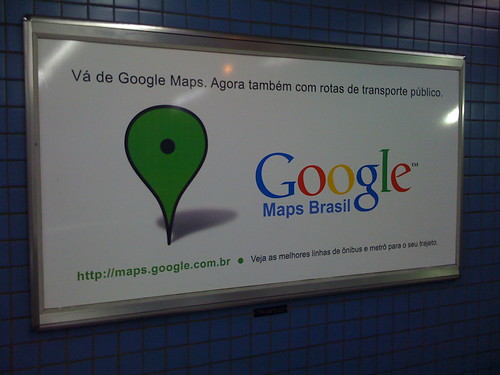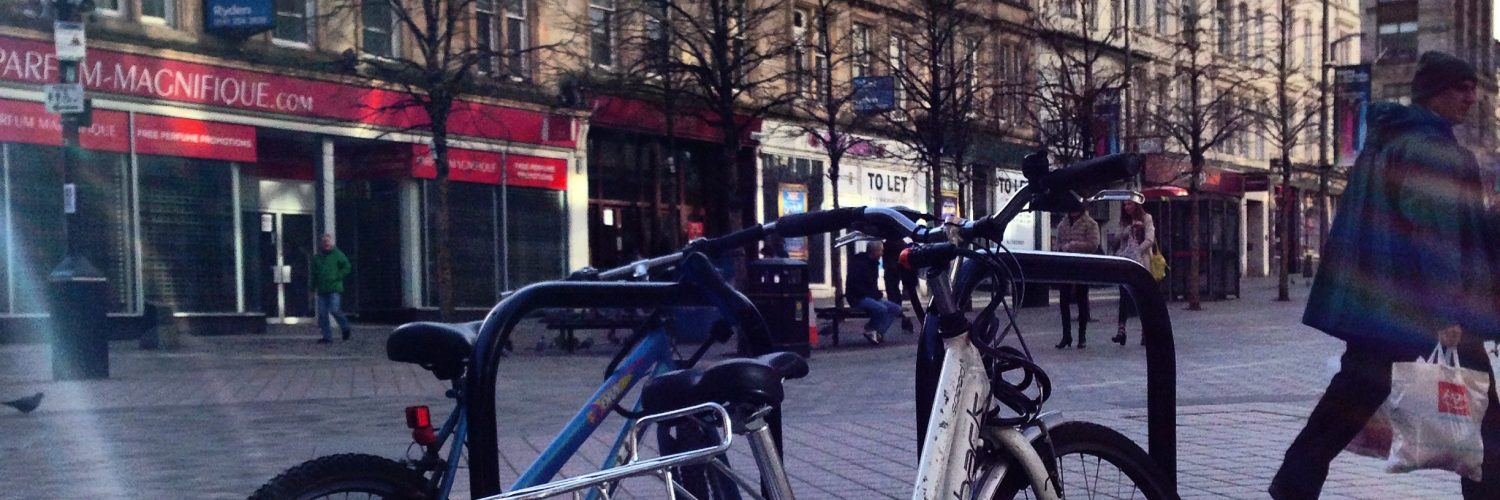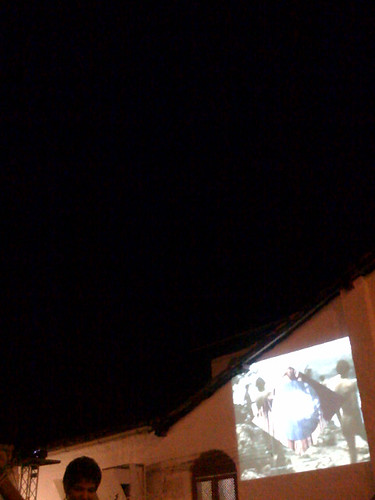Spatial, Audio e Situational Mobilities
Drops de Natal:
1. Do post Mobile media ‘optimizing’ physical mobility sobre sistemas de ajuda à mobilidade, principalmente em carros, como Avego, GPS Tom Tom, Carticipate…
“(…) It is interesting to see how physical mobility systems themselves are becoming more and more ‘hybrid’ too, that is, infused with software systems. The car mobility system and the mobile phone system merge. And not only through institutional top-down software sorting systems, e.g. highway traffic monitoring systems and toll road access accounting, but increasingly through peer-to-peer mobile technologies like the ones mentioned here.”
2. Do blog I am the weather, post marcando as diferenças entre as práticas com mídias locativas e aquelas dos situacionistas
“(…) But that, to me, seems to be where the similarities end. As alive-and-kicking situationist muse Jacqueline de Jong pointed out during the evening, the situationists wanted one thing above all else: to destroy and disrupt our cushy society. They were sick of it, vowing never to work a day in their lives. They probably would have laughed if they had seen that their ideas had been cherry-picked for ripe concepts. The derive, the detournement. All simple concepts that they purposefully packaged in complex and artistc jargon. And we fell for it. So, we have two options. Either we stop pretending the situationists are our forefathers, or we actually do see them as our forefathers, and start using computing to disrupt instead of streamline society.”
3. Do The Yellow Ad, sobre “Mobile Audioscape Prototype”, em Banff, Canadá, usando derivas, paisagens sonoras e uso do espaço físico. Explicação :
“The Mobile Audioscape project allows participants to explore an overlaid virtual audio scene as they navigate through the real physical world. Within this augmented space, a number of applications and artistic creations can be realized, such as active listening, sonic play, collective mixing and navigable music. This video shows an initial prototype developed in Nov 2007″
Vejam o vídeo abaixo para detalhes:
4. Do Black Public Media chega esse projeto do Boston Locative Media, com entrevistas de imigrantes haitianos vivendo nos EUA em um mapa com localização por GPS dos vídeos sobre o impacto da política de imigração federal, principalmente no reconhecimento de paises que estão temporariamente sem condições de garantir a integridade (TPS) dos seus cidadãos. Honduras, El Salvador, Nicaragua, Somália e Sudão estão entre esses países. O Haiti está fora. Assim, “(…) Some we interviewed maintain the granting of TPS is unfair, discriminatory and perhaps racist. Browse our special New Media Embedded GPS Map to learn more about Haitians in Boston and their views on the US Government’s immigration policies.

5. Por último, do Cont3xt.net, uma entrevista com Jeremy Hight, um dos responsáveis pelo projeto 34 North 118 West , já apontado neste Carnet. O trecho abaixo tem a ver com os posts anteriores, com uma perspectiva crítica do uso das mídias locativas, “locative Dissent“, como propõe Hight: “(…) how elements of smart mobs and their technological/physical/emotional/community immediacy and locative media can create a form of protest and dissent that is far less ephemeral and with greater detail in information and a greater sense of permanence.”.
O uso das mídias locativas devem servir para reforçar laços sociais e ajudar movimentos sociais, como o projeto acima sobre o Haiti, e como forma de questionamento da sociedade da informação, como vimos no tópico sobre os situacionistas mais acima. Abaixo trecho da entrevista feita por Michael Kargl:
“(…) Speaking about technology in Locative Media means at least having access to it. Strikingly asked: is Locative Media a phenomenon of affluence?
No. It is seen by some as such and the tools can seem intimidating and quite socioculturally stratified. The important thing is that work can be made with GPS units bought for almost nothing, older computers, older technology, inexpensive newer technology. The tech divide is a big concern and I am also deeply passionate about grass roots fundraising for what I termed ‘Locative Dissent’. The technology is available for immediate, organized protests to be held at key symbolic or high visibility locations as well as dissent as signal to pick up in locations of tragedy or oppression that can circumvent the media and its under reporting and non reporting of dissent and certain information that must be known. The paradigm of protest is unchanged in many decades and the time is now to change that. The ‘Smart Mob’ concept a few years ago was a fad of people being able to instant message each other and all show up at a donut shop at once, kind of absurdist street theater, but this has massive potential as immediate dissemination of information and organization. The wireless signal also can be used to trigger on phones at the actual locations of underreported or forgotten incidents and injustices, this can reach many people beyond the scope of news or publications. This also can be made available to those who can’t afford the technology if we work at a grass roots level to raise money for equipment that can be made available. (…)”.

